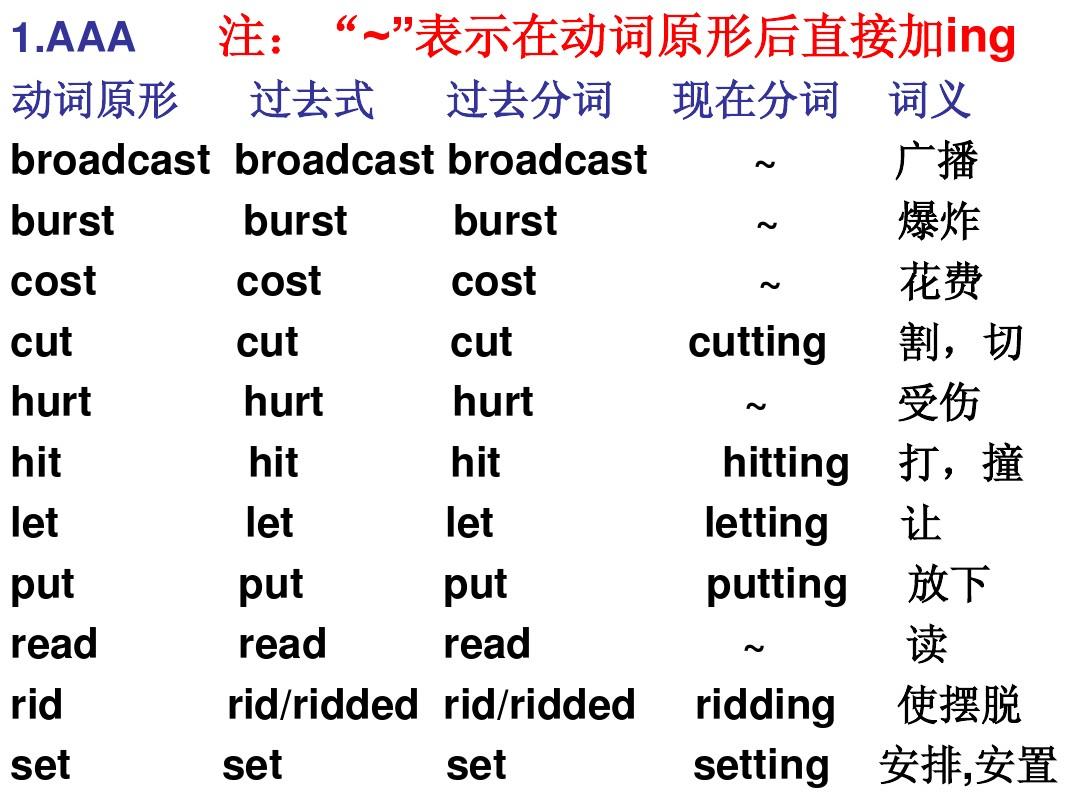基本介紹
用法
- 與助動詞或情態動詞do,does,did,shall,will,should,would,may,might,have to,must,need,ought to等一起構成謂語的動詞時,要用原形.如:
Do you like English? 你喜歡英語嗎?
May I use your telephone? 我可以用你的電話嗎?
We must study hard and make progress every day. 我們必須好好學習,天天向上。
Shall we tell her to wait? 我們要不要告訴她等一下? - 使役動詞let, have, make後的賓語與作賓語補足語的動詞構成邏輯上的主謂關係時,這個動詞要用原形。但改成被動語態要帶to;let後的動詞可不帶to, 如:
He let Jack lead the way. 他讓傑克在前面帶路。
Have him send the letter. 叫他把信送去。
His jokes made us all laugh. 他的笑話使我們都大笑起來。
Everyone must be made to know nobody should break the law.
應使每個人都知道,誰也不得違法。 - 兩個以上的並列不定式用and或or連線起來,第二個不定式常省去to。如:
Let's go and play football.我們去踢球。
It is fun to jump into pool or go swimming in a river in summer.
在夏天跳進游泳池或江河裡去游泳是很有趣的。 - 在why not…和why…句型中,not和why後直接跟動詞原形,構成反問,表示“建議、勸告、責備或提醒”等。如:
Why not use my bicycle? 為什麼不用我的腳踏車呢?
Why waste so much money? 為什麼要浪費那么多錢呢? - 在一些固定的句型中,如had better(最好),would rather (寧願),would rather…than…(寧願…而不)等後面的動詞要用原形。如:
You had better have a good rest. 你最好好好休息一下。
He would rather go to work by bike. 他寧願騎腳踏車去上班。
As a revolutionary,he would rather die with his head high than live with his knees bent. 作為革命者,他寧願昂首而死,而不願屈膝求生。

